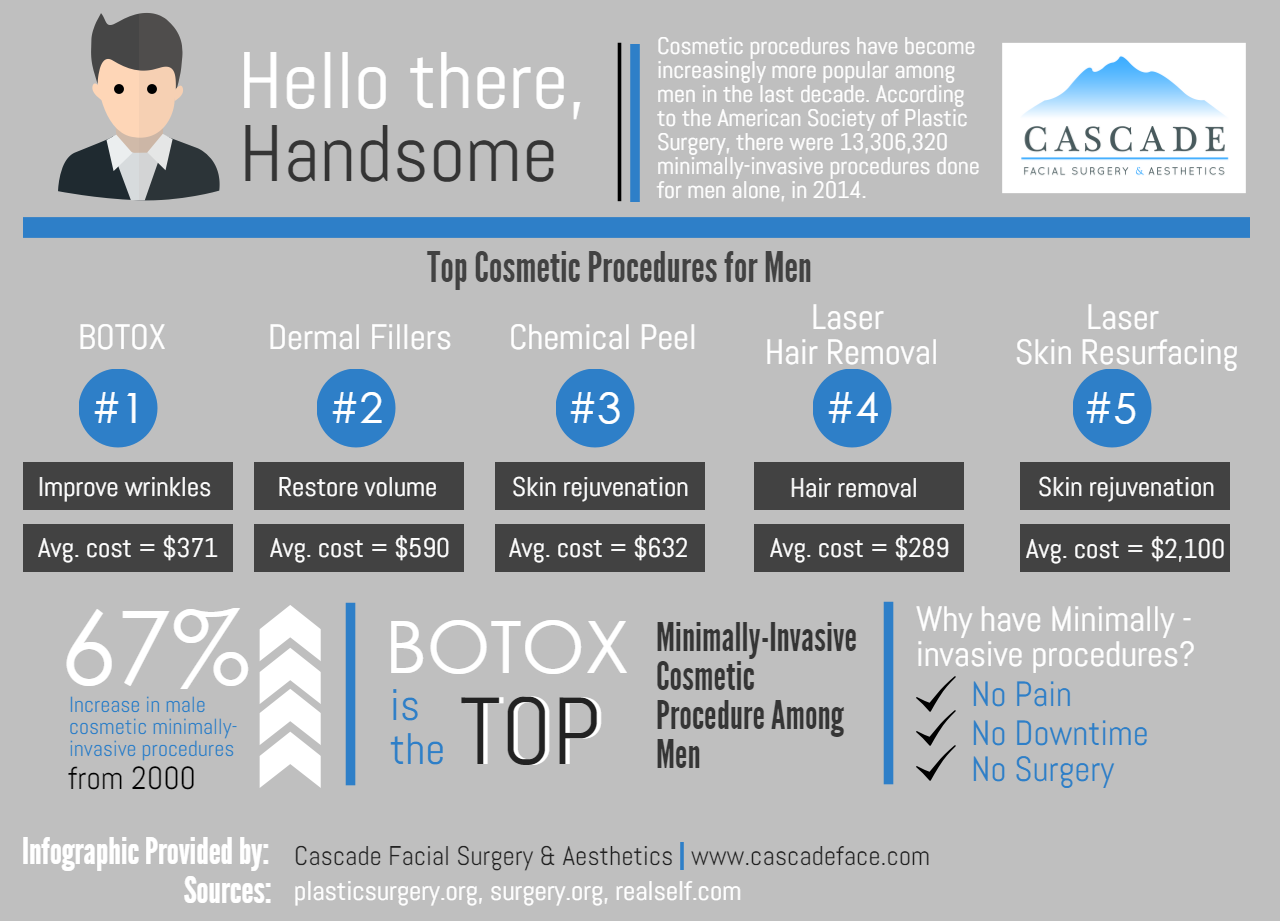AHAs are a crucial active ingredient for unclogging pore obstructions and lightening up acne-prone skin. They function by breaking down dead skin cell buildup to advertise newer, fresher cells, and avoiding future clogs.
Creating topical AHAs requires thorough interest to numerous essential variables that substantially impact their effectiveness and tolerability. Keeping the optimal pH array, along with car option and concentration, magnifies their exfoliative features while reducing prospective damaging responses.
Glycolic acid
Glycolic acid is known for its moderate yet efficient scrubing properties, which promote skin's natural shedding and loosen the "glue" that holds dead cells on the surface of the skin. This assists unclog pores and lessen the look of fine lines and wrinkles, in addition to enhance overall skin texture and tone.
Interestingly, topical glycolic acid has additionally been revealed to boost the manufacturing of collagen, which is vital in preserving skin's firmness and flexibility. It is necessary to keep in mind, nevertheless, that because glycolic acid can boost the skin's level of sensitivity to sunlight, it is essential to put on sun block when using any kind of products containing this active ingredient.
Dermatologists pay mindful interest to the formulation of items containing AHAs in order to enhance their efficacy and tolerability. Developing AHAs with the appropriate automobile, along with pH and focus factors to consider, allows for optimum skin penetration while reducing possible adverse reactions. This is specifically crucial for individuals with delicate skin, since AHAs are known to be slightly bothersome.
Lactic acid
Lactic acid is located in many over the counter skin treatment items and some more powerful specialist peels and therapies. It has the most affordable molecular weight of all the AHAs and has the ability to pass through much deeper right into the skin, where it is extra effective at unclogging pores and scrubing.
Like glycolic acid, it additionally boosts collagen synthesis, which aids how long does botox last reduce great lines and wrinkles and enhance skin texture. Additionally, it has moisture-retention residential or commercial properties, which makes it preferable for drier skin kinds than other AHAs.
The considerable body of scientific information validating the effectiveness of topical AHAs supports their utility in a large range of dermatological afflictions and aesthetic issues. These include elaborate skin rejuvenation procedures, attenuation of fine lines and wrinkles, lightening of hyperpigmentation, restorative treatment for actinic keratosis, and acne management [2] Enhancing the formula of AHAs by stabilizing pH, focus, and vehicle choice additionally boosts their restorative possibility. These careful factors to consider enable dermatologists to provide secure and effective treatments that give exceptional clinical results.
Mandelic acid
Mandelic acid, stemmed from almonds, is one more participant of the AHA family and is a popular component in products that aid treat acne. Its bigger molecular dimension means it passes through the skin a lot more slowly and carefully, which can reduce the possibility for inflammation. It's likewise less most likely to trigger inflammation and various other skin sensitivity concerns, making it suitable for delicate skin types.
Mandelic Acid is believed to help reduce inflammation and increase hydration. It functions by loosening up the bonds between dead skin cells, permitting them to lose and reveal fresher-looking skin. It also helps in reducing the look of enlarged pores.
Creating topical products with AHAs requires a specific equilibrium of crucial elements that significantly influence their efficacy and tolerability. Specifically, the pH of an AHA formula has actually been shown to play a critical duty in its ability to advertise exfoliation and improve complexion and structure. Achieving this ideal concentration is a tough goal and requires thorough focus to the different aspects that influence the formulation process.
Citric acid
Citric acid, discovered in citrus fruits such as oranges and lemons, is a moderate AHA. It's much less bothersome than glycolic or lactic acid, making it more suitable for sensitive skin. It also has astringent residential properties, aiding to dry excess oil.
Like various other AHAs, citric acid can be made use of in chemical peels and day-to-day active/maintenance therapies to scrub the skin and advertise cell turn over. It can help in reducing the appearance of dark spots and hyperpigmentation, as well as fine face lines.
It can additionally boost the synthesis of glycosaminoglycans, which play a crucial function in enhancing the skin barrier feature. This aids to prevent trans-epidermal water loss, and maintain optimum hydration degrees in the skin [35]
AHAs can be combined with soothing active ingredients such as ceramides or hyaluronic acid to boost their tolerability. They can be included right into everyday active/maintenance skincare via cream or serum formulas. This allows practitioners to customize their AHA treatments based upon patient demands and preferences, with the adaptability of selecting from various treatment strengths or concentrations.
